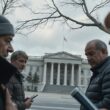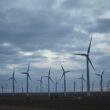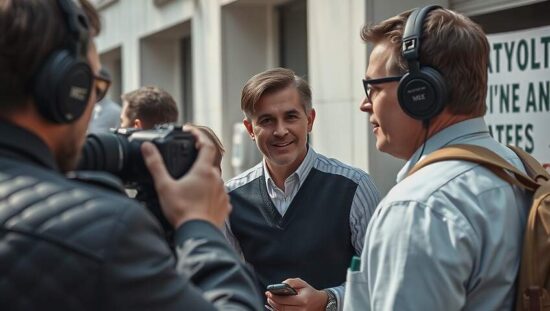New data reveals a significant shift in the landscape of German political affiliations. For the first time in 35 years, party membership across Bundestag parties has experienced a sustained increase. According to an annual study by Berlin-based political scientist Oskar Niedermayer and reported by the Redaktionsnetzwerk Deutschland media group, the dissolution of the “traffic light” coalition in November of last year appears to have reversed a long-standing trend.
At the end of 2024, overall party membership rose by 3.2 percent compared to the previous year. While several parties saw gains, the Alternative for Germany (AfD) experienced the most substantial increase, with membership rising by approximately 30 percent – a continuation of a similar growth spurt observed in 2023. The Green Party also demonstrated above-average recruitment, adding 23 percent more members. This upward trend, which commenced in 2017, was previously interrupted by two years of stagnation during the “traffic light” coalition’s tenure. The Left party also registered a gain, increasing its membership by 17 percent.
Conversely, the Social Democratic Party (SPD) and the Free Democratic Party (FDP), both constituents of the former coalition, experienced membership declines. The SPD continues to see a steady erosion of its membership, relinquishing its position as the largest party to the Christian Democratic Union (CDU). The FDP lost roughly six percent of its members in 2024, a considerable drop compared to the 17 percent growth witnessed during the 2021 election year.
Niedermayer’s annual “Party Members in Germany” study, conducted at the FU Berlin, analyzes membership trends, composition and regional distribution across German political parties. The study notes that since the reunification of Germany in 1990, party membership has consistently decreased, with brief upticks in 2013 and 2017 quickly followed by a return to the downward trajectory. The 2021 election campaign, which ushered in the “traffic light” coalition, failed to generate a notable influx of new members at the time.





